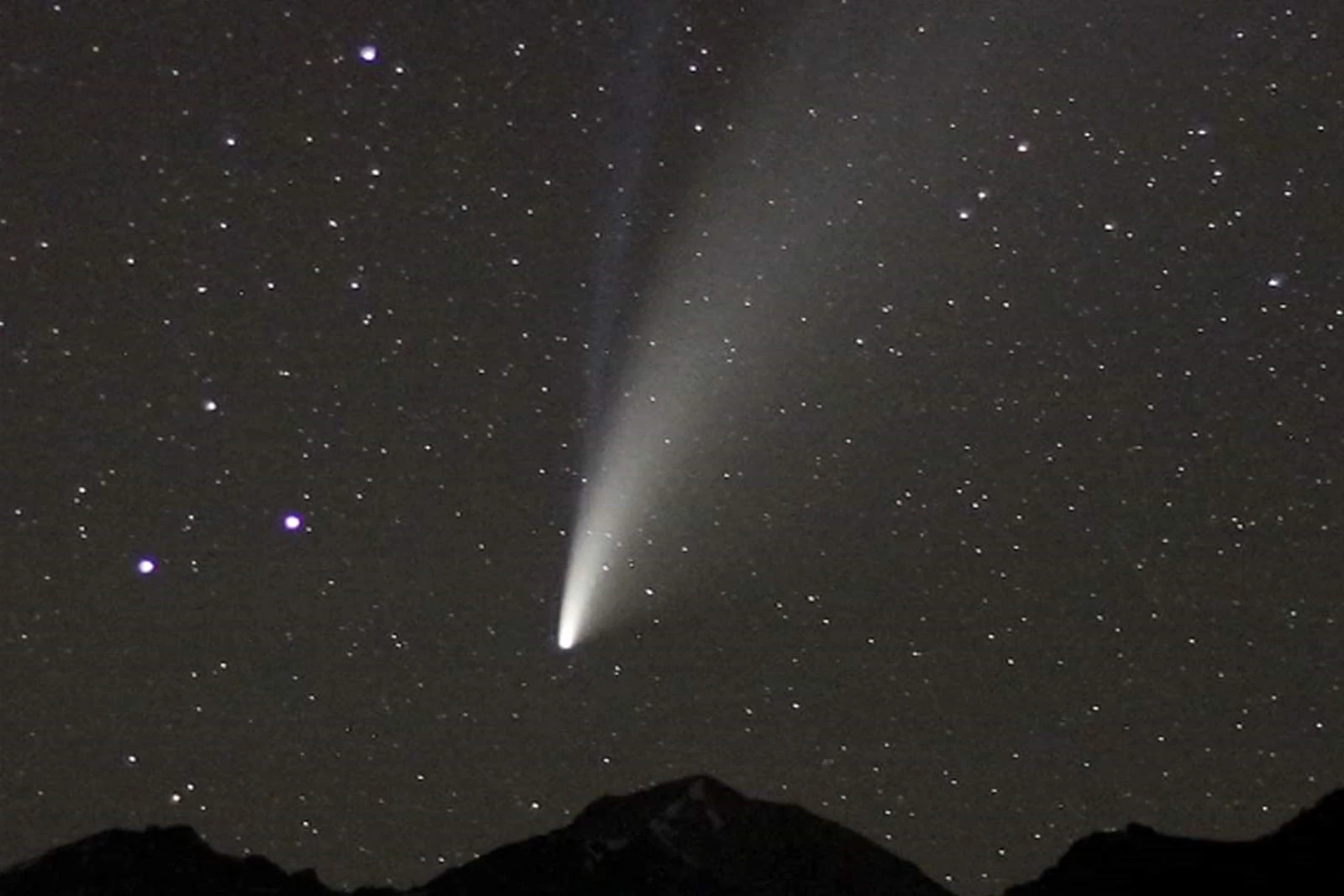
The full moon will also be in the sky on Saturday night, but Mr O'Donnell doesn't think this will interfere much.

To get the best view you'll need to find somewhere with a clear view of the horizon and get away from lights. "Photographers are competing against the retreating Sun and setting comet at the same moment," Mr O'Donnell says. ( Supplied: Michael Mattiazzo (created using Sky Safari Pro))īut getting your timing right on Saturday is critical as the comet sets below the horizon just as twilight ends. Look near Venus to see Comet Leonard on December 18. There is even a chance that as it passes by, it will kick up some dust and create a meteor shower over our neighbour.īack on Earth, it will appear as a fuzzy blob sitting just to the left of Venus on the western horizon just after sunset (local time). "That means from the point of view of Venus, it will be really, really spectacular," he says. Passing just 4 million kilometres away, it's the nearest a comet will sweep past Venus in recorded history, says astronomer Jonti Horner of the University of Southern Queensland. The comet makes its closest approach to Venus on Saturday (December 18) just after 1pm (AEDT).
#COMET SCHEDULE HOW TO#
Here's how to spot it and take the best photos. "It's probably the most exciting thing in the sky this year, apart from the lunar eclipse," he says. Hopefully it will put on a good show, says Dylan O'Donnell, an astronomer and astrophotographer based in Byron Bay. To learn more about DEI in our fellowship, please click here.Although the comet has dimmed again, it is bright enough that it you may be able to see it with binoculars, especially if you are in a dark sky location.Ĭomet Leonard has just moved into view in the southern hemisphere, and if it continues to hold together, Australian sky watchers may catch it as it streaks towards the Sun. We welcome applicants from all backgrounds and strive to promote diversity, equity, and inclusion (DEI) with scholarship opportunities. Prospective fellows can apply to be a medical scribe in 17 different specialties: family medicine, internal medicine, senior care, palliative care, endocrinology, cardiology, dermatology, gastroenterology, infectious disease, radiation oncology, express care, gynecology, pelvic health, clinical pharmacy, nephrology, orthopedic surgery, and chronic fatigue syndrome. At the end of the fellowship year and based on performance, fellows are eligible to apply for a one year leadership role as a COMET Chief Scribe overseeing teams of our scribes. COMET fellows may choose to pursue external part-time employment opportunities or academic classes in addition to their regular COMET scribing duties.

#COMET SCHEDULE PROFESSIONAL#
One of the goals of the COMET Fellowship is to support our fellows' professional growth. The COMET Fellowship provides fellows the ability to connect with faculty and develop a mentoring relationship, as well as the opportunity to engage in research or other scholarly pursuits. Scribing is an unparalleled way to build clinical experience and be immersed in medicine. We are looking for candidates who are academically strong, with excellent interpersonal and leadership skills, who desire an intensive direct patient care experience before applying to medical school, physician assistant school, nursing school, or other graduate school in the healthcare field. They work side-by-side with faculty physicians and other clinicians as experienced medical scribes, seeing patients together at Stanford Healthcare clinics and affiliated clinics in the community.

Fellows are trained in medical terminology and clinical documentation. Stanford’s Medical Scribe Fellowship, also known as Clinical Observation and Medical Transcription (COMET), is a one-year post-baccalaureate program designed for highly motivated students interested in pursuing a career in the health professions. Medical scribing is a unique opportunity for prospective healthcare students to observe and participate directly in patient care.


 0 kommentar(er)
0 kommentar(er)
